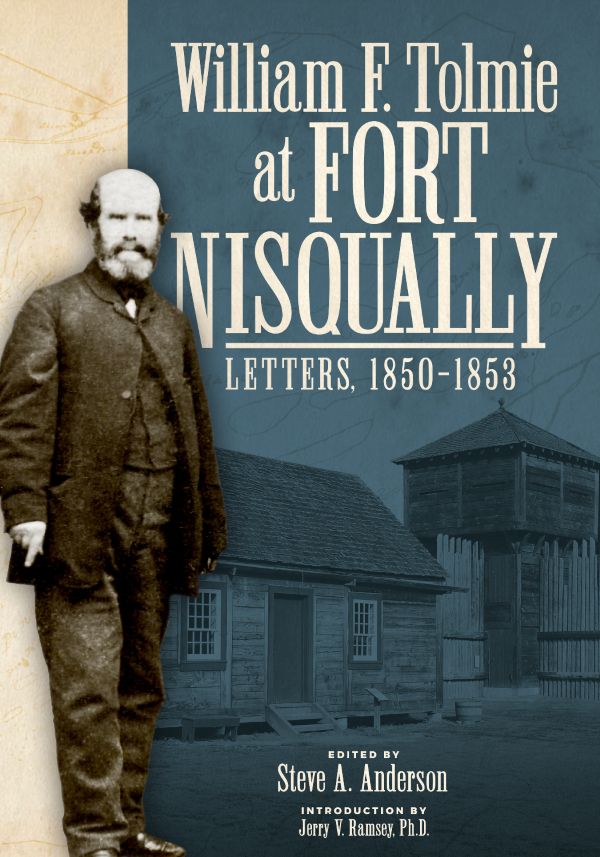Description
Scottish-born Hudson’s Bay Company (HBC) Chief Trader William Fraser Tolmie took charge of Fort Nisqually and its outstations in 1843. The first white settlement on Puget Sound, it functioned as a vital communications, banking, and shipping center, as well as a commodities and livestock broker, annually exporting tons of hides and produce. The International Boundary Treaty of 1846 between Great Britain and the United States spawned myriad legal and regulatory problems, and by 1850, HBC agents, government officials, and settlers disagreed over numerous issues.
In 2006, Steve A. Anderson discovered complete hand-written volumes of Fort Nisqually’s letter books at the HBC Archives in Winnipeg, Manitoba. He transcribed several, spanning from January 1850 to the threshold of Puget Sound’s Indian War. Very few published primary documents about this period exist. “The discovery of Tolmie’s letters changed everything,” he says. They offer privileged, private conversations, weighty business discussions, gossip, political intrigue, patterns of commerce, deadly epidemics, and an eyewitness account of San Francisco’s devastating fire. The documents—more than 400 total—present a rare British perspective on the state of law and international affairs in 1850s Puget Sound, a glimpse of higher-level HBC and Puget Sound Agricultural Company (PSAC) operations, and insight into conflicts that followed the 1846 treaty.
Steve A. Anderson managed the Fort Nisqually Living History Museum for ten years. He has published multiple journal articles and books, including Angus McDonald of the Great Divide: The Uncommon Life of a Fur Trader, 1816–1899.
Illustrations / maps / notes / bibliography / index / 302 pages (2019)




